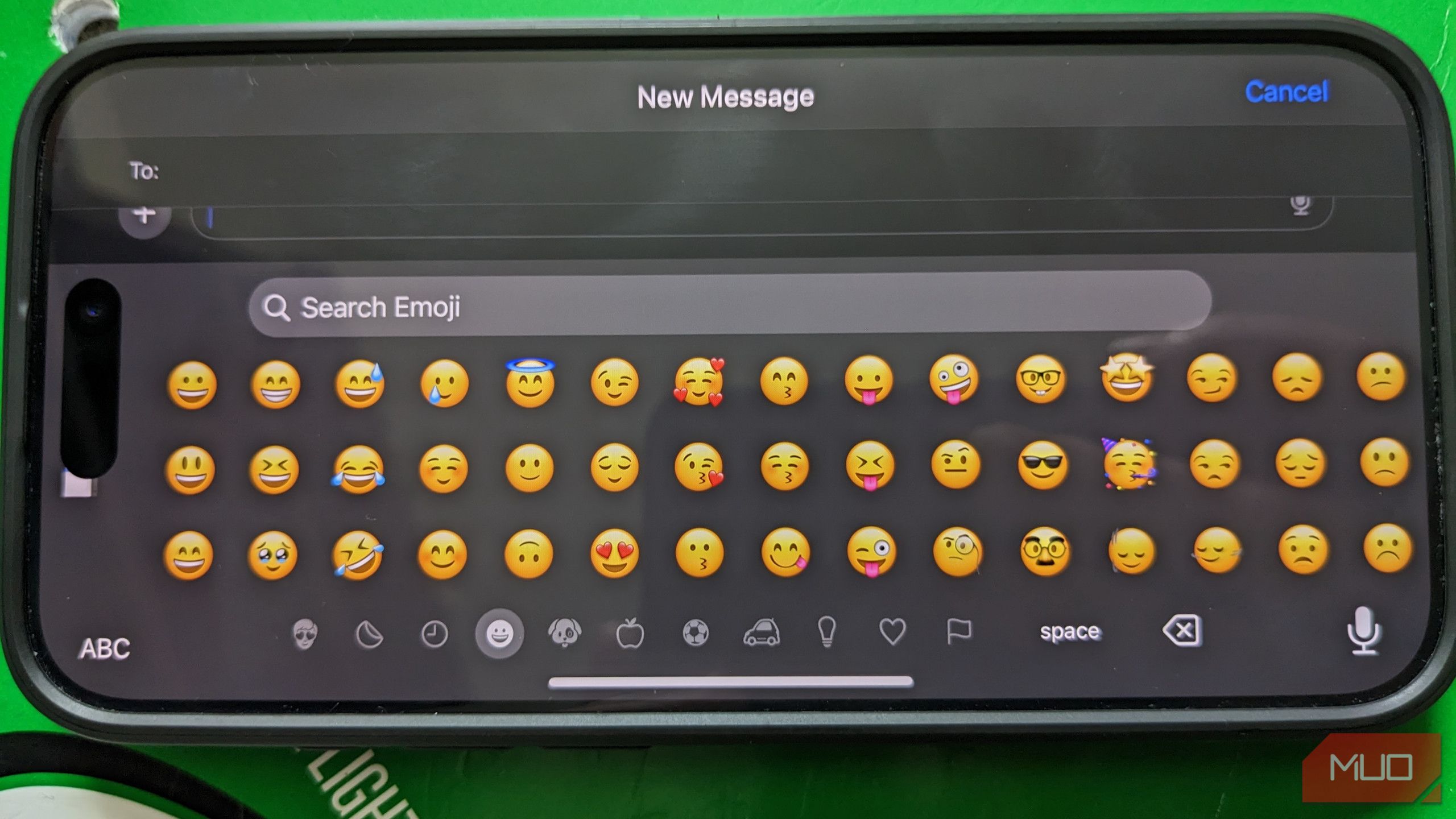
Summary
-
There are a variety of emojis that are commonly misunderstood or deliberately used incorrectly.
-
This can lead to miscommunication and offence, especially given the potential generational misreading of some emojis.
-
According to Unicode, the correct meaning should be adopted for the following emojis:
-
Thumbs up: This emoji should not be used to show agreement, as it can often be perceived as passive-aggressive and dismissive.
-
Skull: This emoji indicates laughter or cringe, rather than death or danger.
-
Person with folded hands: This emoji should be used to express prayer, hopefulness, a Japanese “thank you” gesture or a high five.
-
Dash symbol: This emoji is to express speed or movement and is often combined with other emojis rather than indicating flatulence.
-
Nail polish: This emoji shows indulgence or luxury rather than indifference and sassiness.
-
Upside-down face: This emoji indicates sarcasm or passive-aggressiveness rather than silliness.
-
Face with tears of joy: This emoji is overused and has become clichéd. There are other laughing emojis that can be used to express a full range of emotions.